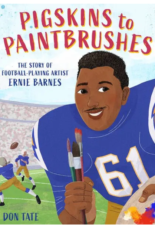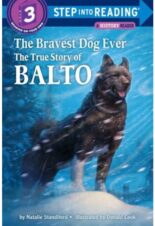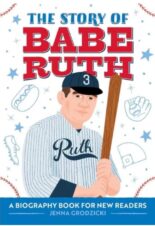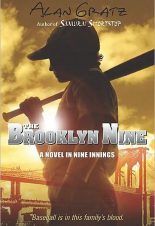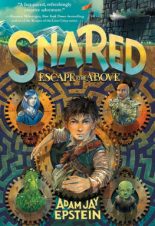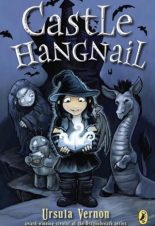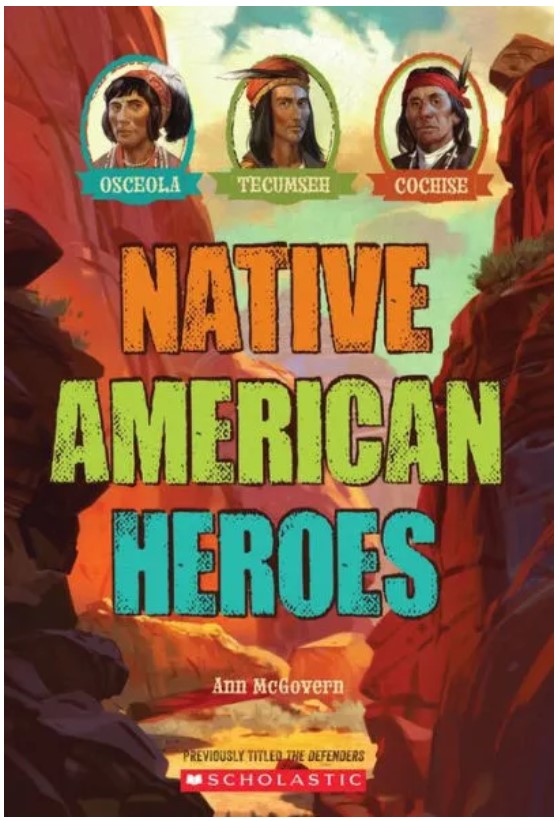
Buy This Book
“Tecumseh began to learn the power of his own words and thoughts spoken in his own words. His words would come to be a powerful weapon to sway men and change the course of history.” –Native American Heroes
Native American Heroes: Osceola, Tecumseh, & Cochise
by Ann McGovern
AR Test
8+
Score
5.6
128
Osceola, Cochise, and Tecumseh are three Native American heroes who fought valiantly for their land and people. This book is divided into three parts—each part recounting the life of one of these great heroes.
Osceola, a Seminole leader, fought to keep his people’s native land and to protect all Seminoles, including those who had black skin. The Seminoles were not just fighting the army; they were also fighting the slave traders who wanted all black Seminoles turned over to them. The whites wanted the Seminoles to sign a treaty, agreeing to move to lands in the West. One of the reasons Osceola refused to sign a treaty was because the treaty said “that no Seminole who had the blood of the black man could go to the western country. How this would tear brother from brother! Child would be torn from parents!”
Thompson, an American general, pretended that he wanted to discuss the treaty with Osceola, and instead, Thompson had Osceola put in irons and thrown into prison. A soldier who witnessed the capture of Osceola wrote to a friend: “I shall never forget that day, nor the sad, disappointed face of Chief Osceola and the other Indians. We were outraged by the cowardly way he was betrayed into capture.” Osceola died in prison, and many of the Seminoles agreed to move west.
Tecumseh was born into a world of war between the Shawnee Nation and the Americans. The men of his tribe taught Tecumseh how to be a warrior, but his sister “taught him to be honest, to respect the rights of others, and to obey his elders.” Even though the Shawnee Nation and the Americans were at war, Tecumseh still had compassion for the enemy and did not let his men torture captives. Tecumseh tried to unite all of the tribes; however, he was unsuccessful. Despite this, “Tecumseh was a great man. He was truly great—and his greatness was his own, unassisted by science or the aids of education. As a statesman, a warrior, and a patriot, we shall not look upon his like again.”
Cochise, an Apache leader, brought peace to his people by cooperating with the whites. “Not all of the Chiricahua warriors believed that peace was the way to survive. . . But every warrior knew that Cochise had pledged to keep his peace and that he would never break that pledge. Truth and honor had a value among all Apaches, but in no man was it stronger than in Cochise.” Unfortunately, Cochise’s honesty and cooperation weren’t enough to keep the peace, and fighting resumed. After Cochise’s death, the Americans broke their promises and the Apache “were driven out of their mountain home and moved to a distant reservation.”
Native American Heroes is a tragic and true story that highlights the violence and racism that the Indigenous people endured. Osceola, Cochise, and Tecumseh are heroes who fought to keep their tribes from being pushed off their native land. The trickery and deceit that the Americans used against the Indigenous people is heartbreaking. These tragic stories include violence but do not include gory details.
Native American Heroes teaches about history by using black-and-white original source materials, including photographs, maps, portraits, and newspaper articles, to supplement the narrative text. This engaging and educational book will help readers understand how the colonization of America affected the indigenous tribes. In addition, the book doesn’t shy away from showing the cruelty that the white man inflicted upon the Native Americans.
Sexual Content
- None
Violence
- Osceola would not sign a treaty with Thompson, who represented the United States. Thompson then had Osceola arrested. “It took four soldiers to subdue Osceola. They put him in irons and threw him in prison.”
- Chief Emanthla agreed to give Black Seminoles to the whites, who would sell them into slavery. “To Osceola, this act of betrayal was punishable by death. Osceola raised his rifle and fired.”
- The whites captured Osceola’s wife, Morning Dew, because “her mother was believed to have been a black woman, so in the eyes of the white men, Morning Dew was a slave.” This caused Osceola to wage war against General Thompson and the whites.
- Osceola and a war party hide in the woods waiting for Thompson to go on his usual morning walk. “It was Osceola who struck down the general. And it was the Seminole war cry – Yo-ho-ee-tchee! — that Thompson heard as he fell dead.”
- After Thompson was killed, General Clinch arrived with his army. The Seminoles watched as the army began crossing a river. “Suddenly the Seminoles came out from their hiding places and attacked. The general’s army was now split in two. The five hundred men who were unable to cross the river watched helplessly as their comrades and the Seminoles fired at one another.” One hundred whites were killed that day.
- As the war continued, the whites “died as often from the bites of the snakes and the mosquitoes as they did from the weapons of the Seminoles.”
- Slave traders wanted all black people to be turned over to them. The slave traders couldn’t tell if a black person was a runaway slave or a Seminole so they “seized anyone with black skin.”
- General Hernandez asked Osceola and other Seminole leaders to discuss a peace treaty, but then Hernandez ambushed them. “Hernandez gave the signal. His troops, hidden nearby, moved in. Osceola was captured, together with twelve chiefs, seventy-five warriors, and six women.” Osceola was put in prison, where he eventually died.
- The Shawnee leader Cornstalk is killed while visiting an American fort. “A mob of soldiers, angered by the killing of a white man, had shot the Shawnee leader.”
- When war came to the Shawnee’s territory, Tecumseh “watched his village vanish in flames, as American soldiers drove the Shawnees from their homes.”
- To protect their land, the Shawnees attacked the flatboats carrying the settlers down the Ohio River. “After one such attack on a group of settlers’ boat, the Shawnees burned a captive at the stake. Tecumseh watched in horror.”
- The battle of Tippecanoe “lasted only a day. . .[General Harrison was] not satisfied with smashing the houses, Harrison’s army also destroyed all of the corn the Shawnees had harvested.”
- Tecumseh returned to the fort to find “a group of Native Americans was torturing twenty American soldiers. Tecumseh charged at them at a gallop. He grabbed a knife from one warrior and sent others sprawling to the ground.”
- A white man accused Cochise’s men of kidnapping his son. Lieutenant Bascom asked Cochise to meet with him. Cochise took his family with him. Bascom tried to take Cochise and his warriors as prisoners. When Cochise “cried to his people to run,” Bascom’s guards started shooting. “One of [Cochise’s] brothers’ sons was stabbed in the stomach with a bayonet. His wife, brother, and nephews – and Cochise’s son — were seized.”
- Cochise tried to take several of Bascom’s men. “An Apache warrior fired and one of the white men fell dead.” Later, the Apache took several of Bascom’s men captive. “They killed the four white men and left their bodies there as a message to Bascom and his men. . . In retaliation, they hanged the male Apache hostages.” Cochise “saw, hanging from a tree, the bodies of his relatives along with three other Coyoteros Apaches that had been captured.”
Drugs and Alcohol
- The white men introduced whiskey to the Native Americans. The whiskey “destroyed their bodies” and “turned brother against brother.”
- Governor Harrison met with several chiefs to convince them to sign a treaty. “Harrison may have first supplied the chiefs with whiskey and then pressured them to sign this new treaty.”
Language
- None
Supernatural
- None
Spiritual Content
- Tecumseh’s brother, Laulewasika, “gave up whiskey and turned to religion.” Laulewasika had many followers. Laulewasika told “his people to stop warring among themselves and to stop drinking the white man’s whiskey.”
- Laulewasika was called the Shawnee Prophet.
- The Shakers may have influenced Laulewasika.
- Governor Harrison told the Delaware Indians that if Laulewasika was really a prophet, he could cause “the sun to stand still, the moon to alter its course, the rivers to cease to flow or the dead to rise from their graves.” Laulewasika used the solar eclipse to prove that he was a prophet.
- The Native Americans did not understand why the whites owned land. Tecumseh said, “Sell a country? Why not sell the air, the clouds, and the Great Sea as well as the earth? Did not the Great Spirit make them all for the use of his children?”
- Tecumseh tried to unite all of the Indians. He said, “This is the will of the Great Spirit.”
- After Cochise’s relatives were killed, the dead men’s faces were painted. They were dressed in their finest clothes “so that they would look their best for the long journey to the gods. . . Everything the dead men had owned was thrown into the flames.”
“Tecumseh began to learn the power of his own words and thoughts spoken in his own words. His words would come to be a powerful weapon to sway men and change the course of history.” –Native American Heroes
Latest Reviews
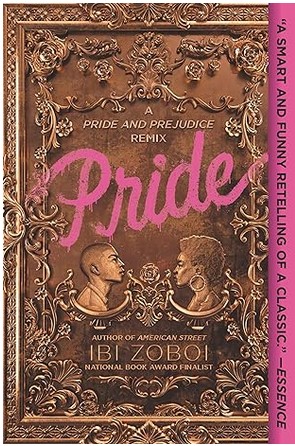
Pride: A Pride & Prejudice Remix
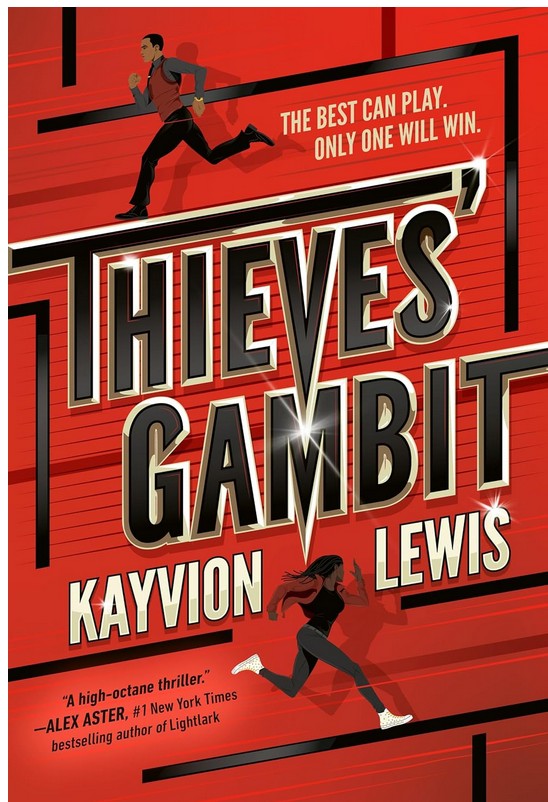
Thieves’ Gambit #1

Dreamology
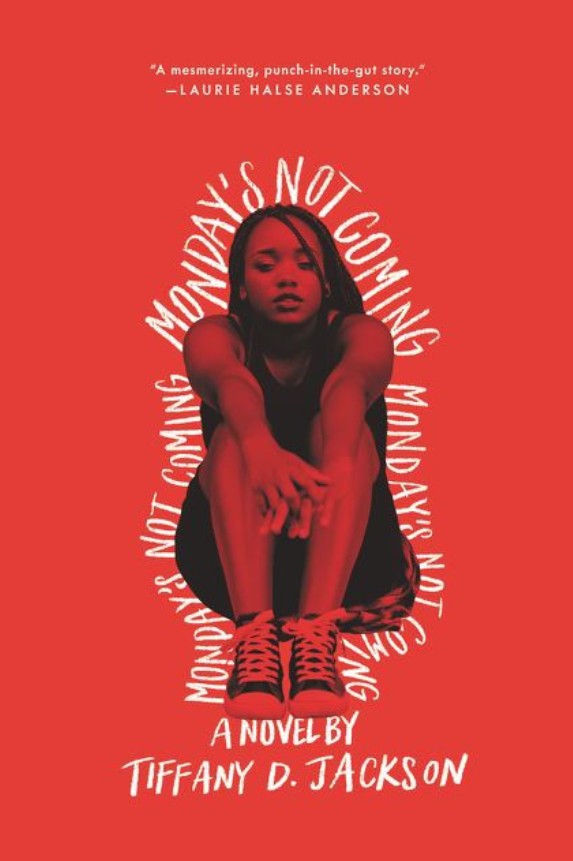
Monday’s Not Coming
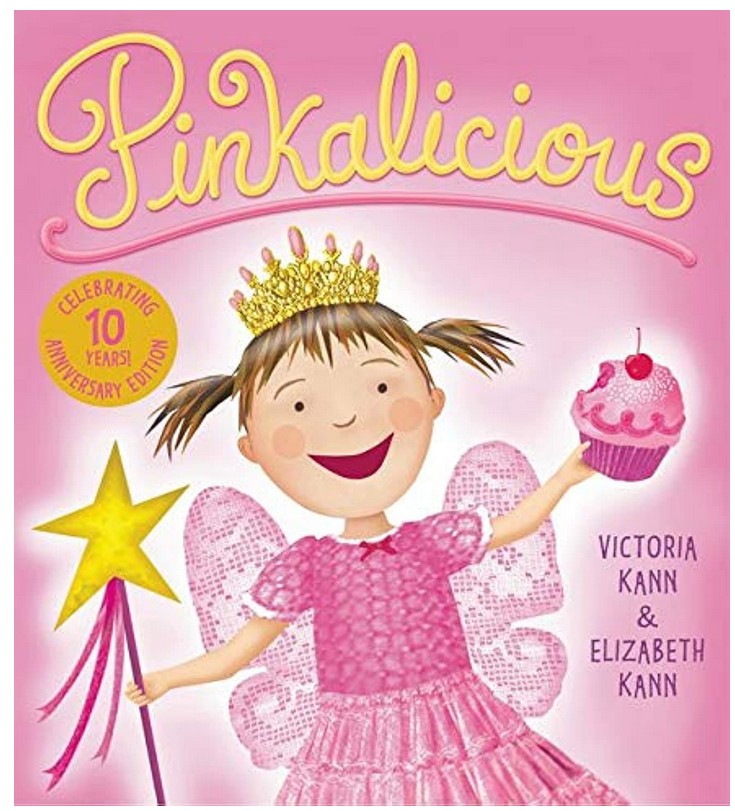
Pinkalicious

Driven
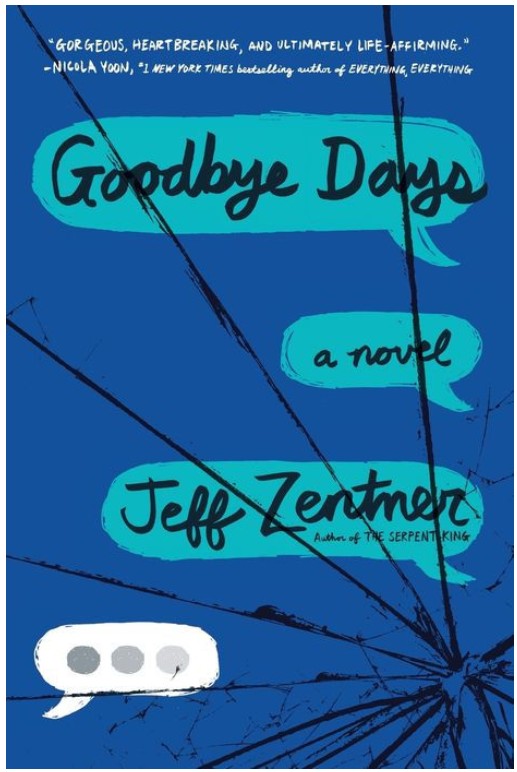
Goodbye Days

Blood of Troy

Will’s Race for Home

